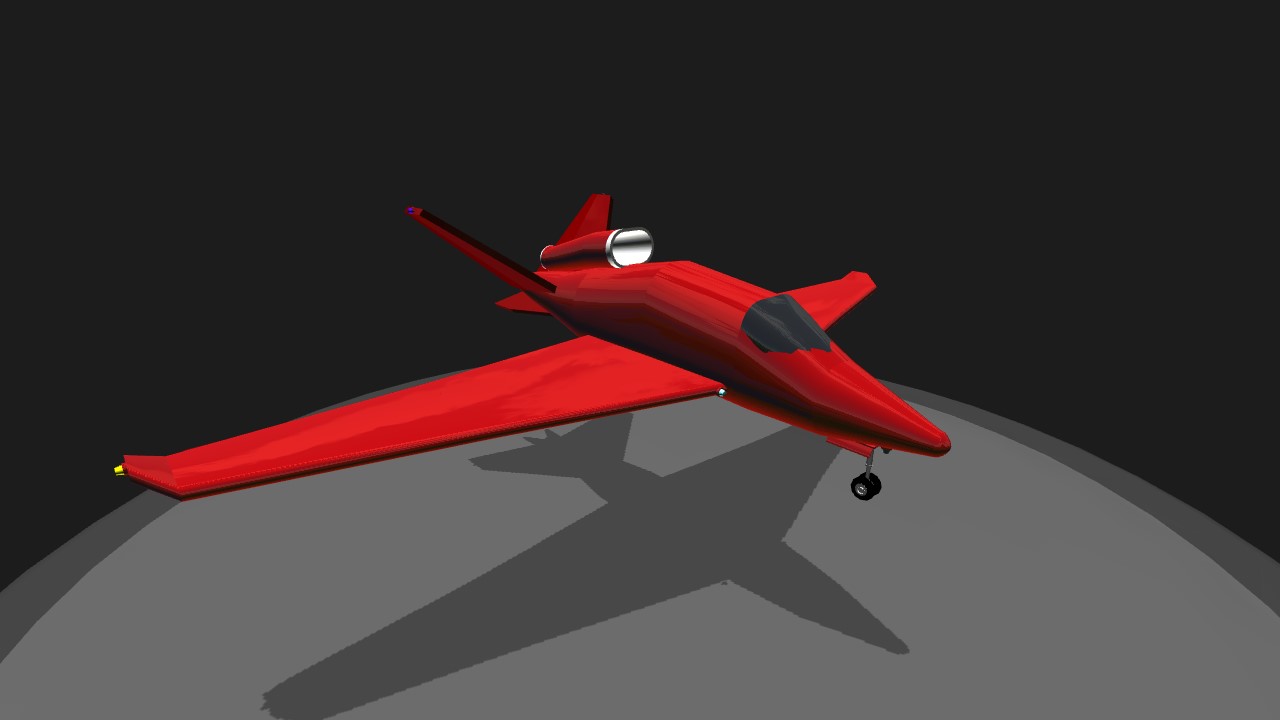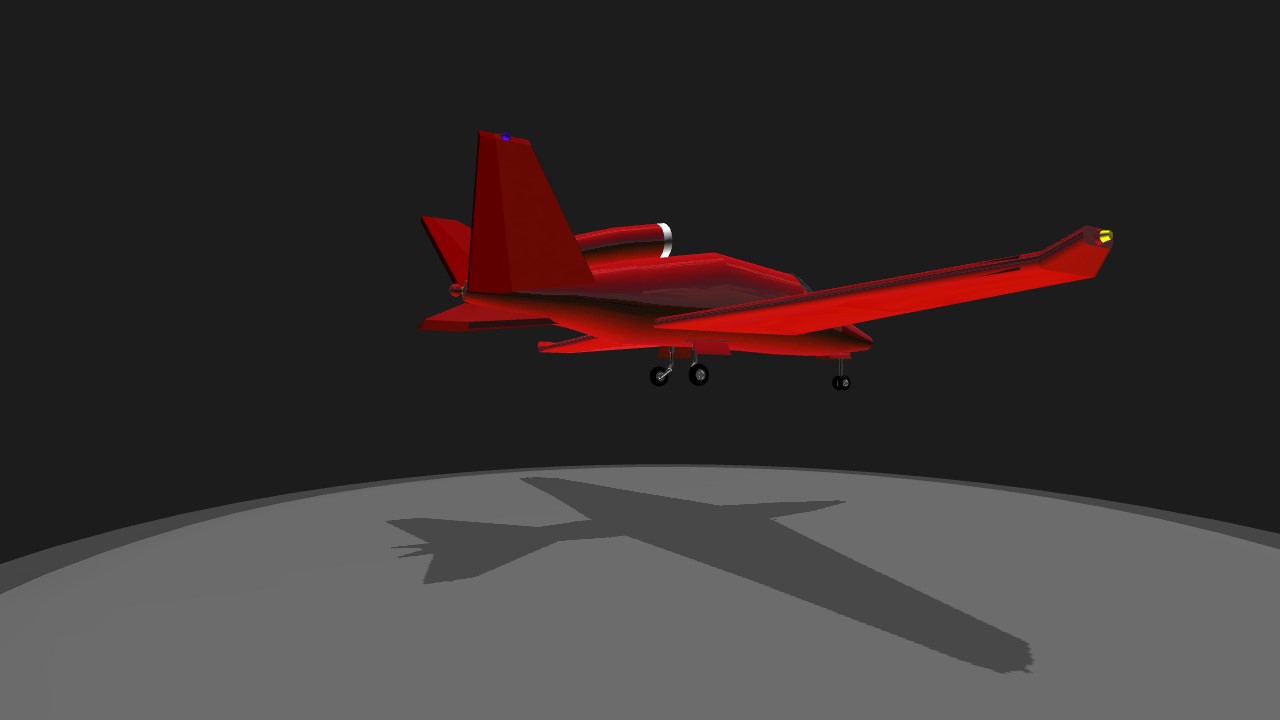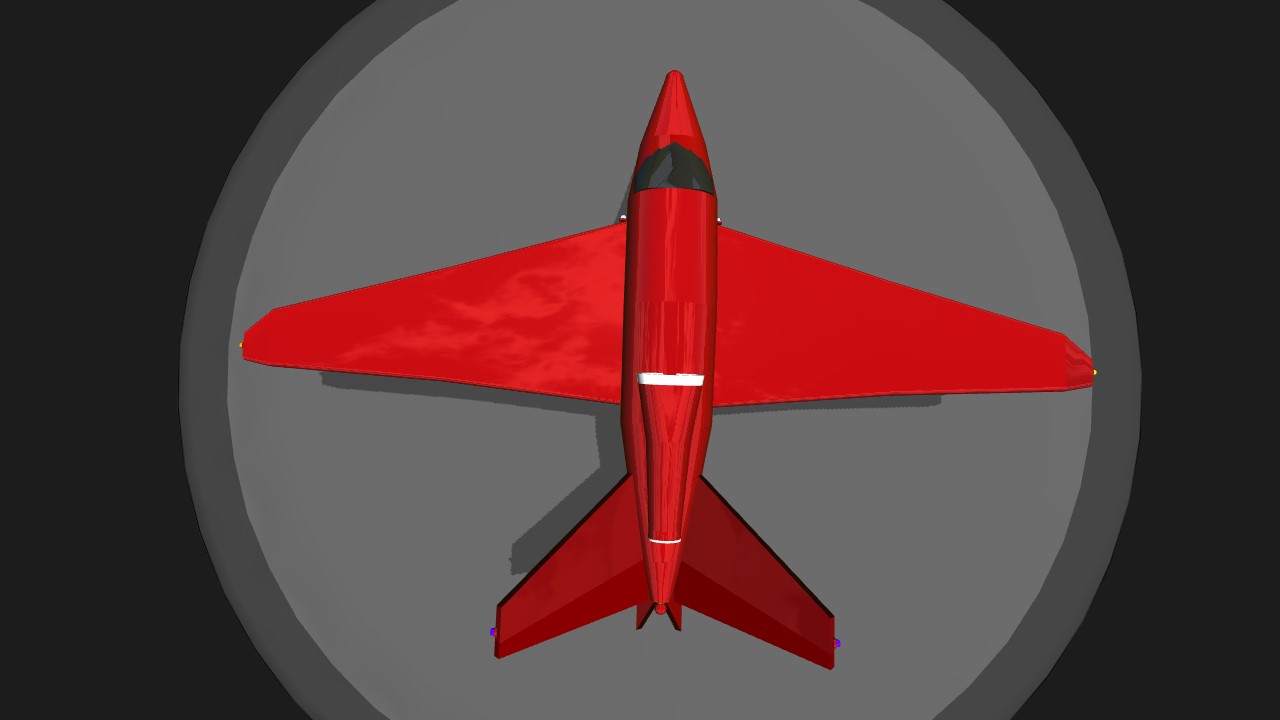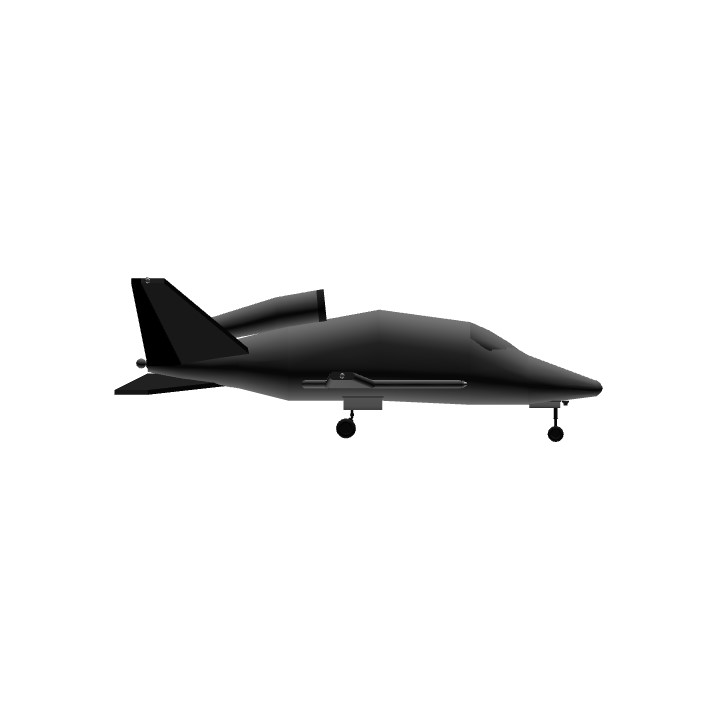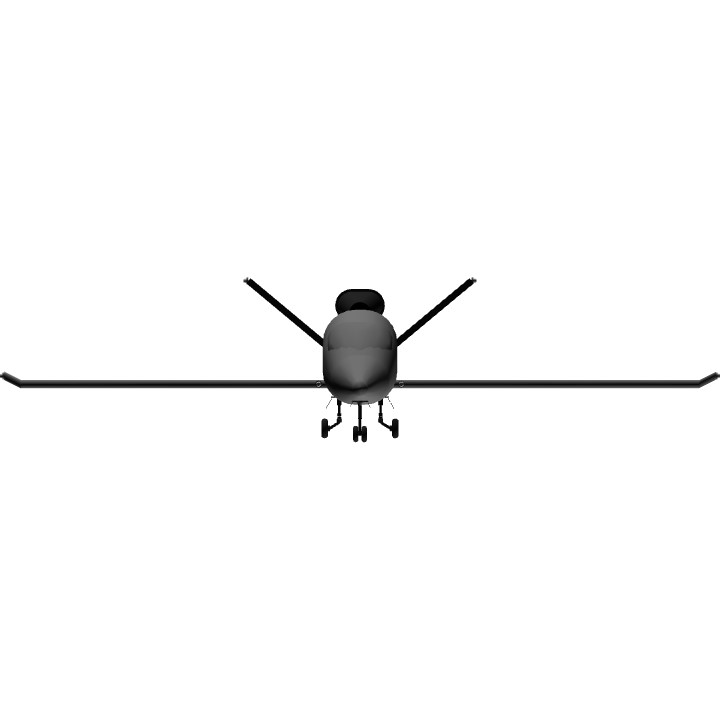Here it is! The Cirrus Vision Jet!
Instructions:
VTOL for flaps
ACT 1 for landing lights
ACT 2 for parachute system (CAPS)
To takeoff:
Throttle full, lights on, flaps extended. Rotate around 180-200 mph.
To land:
Throttle 25% and flaps extended. Try to hold 160 mph on approach, and 120-140 mph above the runway.'
Wikipedia:
The Cirrus Vision SF50 is a single-engine, low-wing, seven-seat, very light jet aircraft designed and produced by Cirrus Aircraft. The aircraft was initially developed under the project name "The Jet", but Cirrus announced the marketing name of "Vision SJ50" on July 9, 2008. In March 2009, the aircraft was redesignated the "Vision SF50".
The prototype aircraft was first shown publicly at the annual Cirrus Migration on June 26, 2008, and first flown on July 3, 2008. The SF50 is intended to be a step up aircraft for pilots who have flown the Cirrus SR20, SR22 and other high-performance light aircraft.
The aircraft was Federal Aviation Administration type certified on 28 October 2016, after a ten-year development process, marked by aircraft technical and company financial challenges.
The Vision SF50 is a low-wing cantilever monoplane made of composite material and powered by a single Williams FJ33 turbofan mounted above the rear fuselage. It has a v-tail and a retractable tricycle landing gear. The enclosed cabin is 5.1 ft (1.56 m) wide and is 4.1 ft (1.24 m) high with room for seven. Access to the cabin is through a clamshell door on the left-hand side.
The SF50 is equipped with the CAPS parachute, making it the first jet of any kind to come with a whole aircraft ballistic parachute. It is also considered the first civilian single-engine jet to achieve certification with the FAA. The SF50 is designed for 12,000 flight hours.
Specifications
General Characteristics
- Predecessor Cirrus SF50 Vision Jet
- Created On iOS
- Wingspan 35.7ft (10.9m)
- Length 24.1ft (7.3m)
- Height 8.1ft (2.5m)
- Empty Weight 6,027lbs (2,734kg)
- Loaded Weight 6,027lbs (2,734kg)
Performance
- Power/Weight Ratio 2.796
- Wing Loading 33.7lbs/ft2 (164.5kg/m2)
- Wing Area 178.8ft2 (16.6m2)
- Drag Points 5369
Parts
- Number of Parts 46
- Control Surfaces 6
- Performance Cost 281

